#Jidaigeki Movies
Explore tagged Tumblr posts
Text

BEHIND-THE-SCENES FROM THE GOLDEN AGE OF JAPANESE CINEMA -- LUNCH-TIME ON THE SET.
PIC INFO: Spotlight on classic Japanese actors Toshiro Mifune (who played the title actor) and Yuzo Kayama (samurai youth Iori Izaka), enjoying their meal on the set of "Sanjuro" (1962), co-written & directed by Akira Kurosawa.
Source: https://x.com/mutokuten/status/1428768677323739147.
#Sanjuro#Sanjuro 1962#Sixties#1962#1960s#Sanjuro 1962 Movie#椿三十郎#Japanese Film#Akira Kurosawa#Toshiro Mifune#Cinema#Japanese Movies#Behind-the-Scenes#Japan#60s Cinema#Golden Age of Japanese Cinema#Yojimbo 1961#Photography#Vintage Style#Lunch Time#Jidaigeki Cinema#Vintage fashion#Japanese Style#Jidaigeki#Tsubaki Sanjūrō#Japanese Cinema#60s Movies#Jidaigeki Movies#Jidaigeki Films#Tsubaki Sanjūrō 1962
18 notes
·
View notes
Text
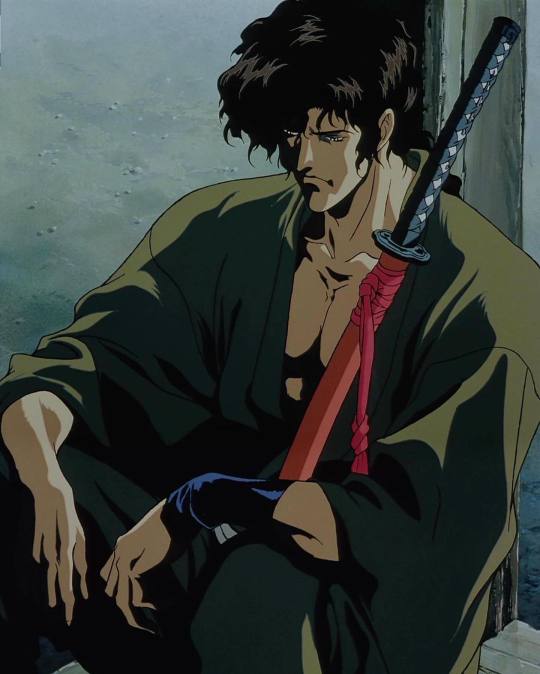

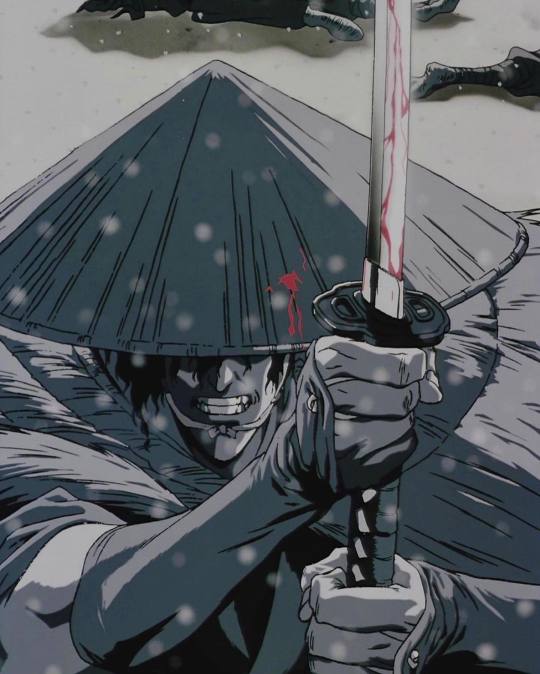
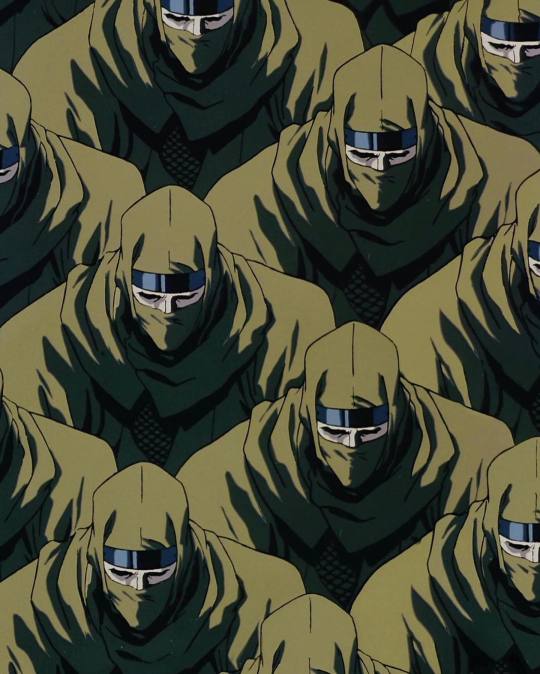

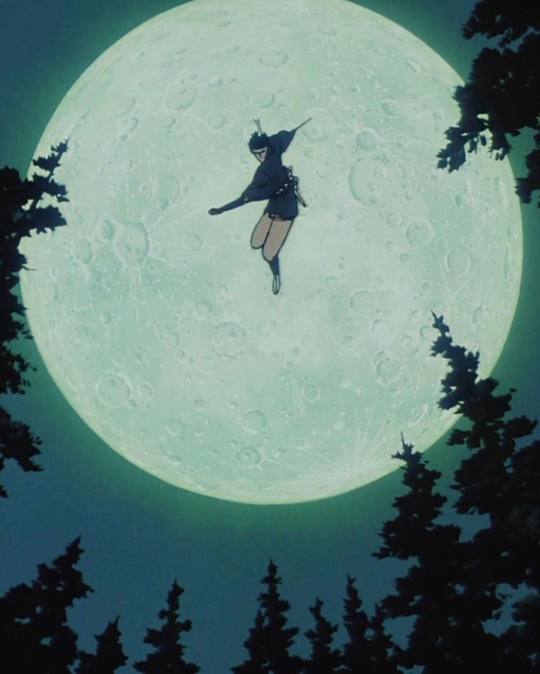
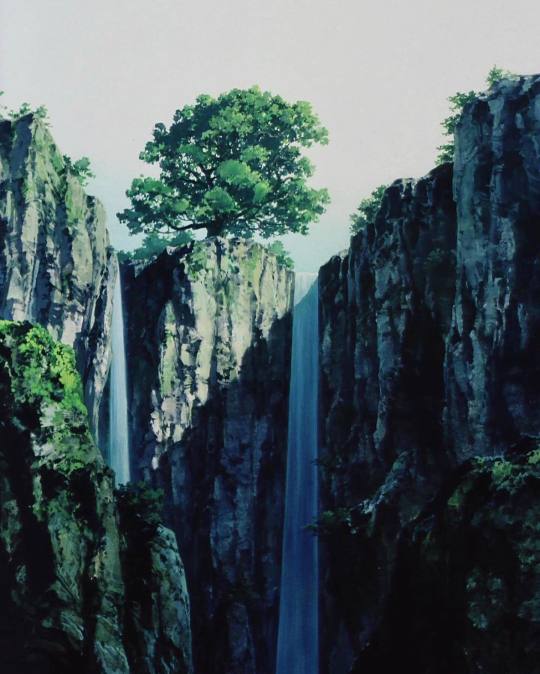
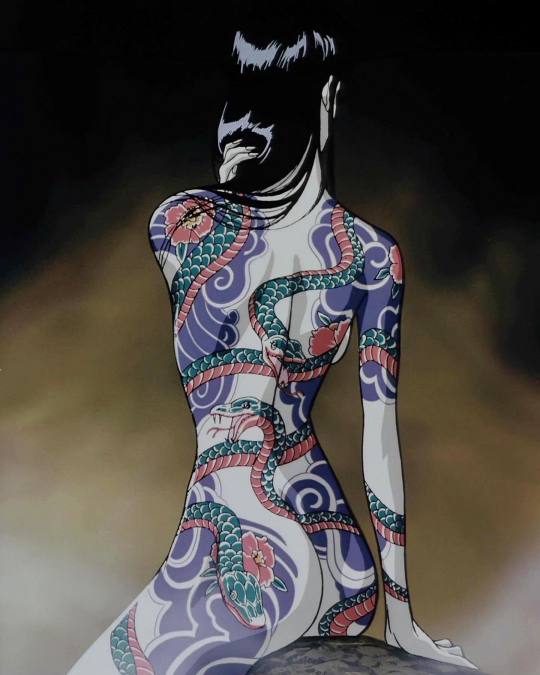
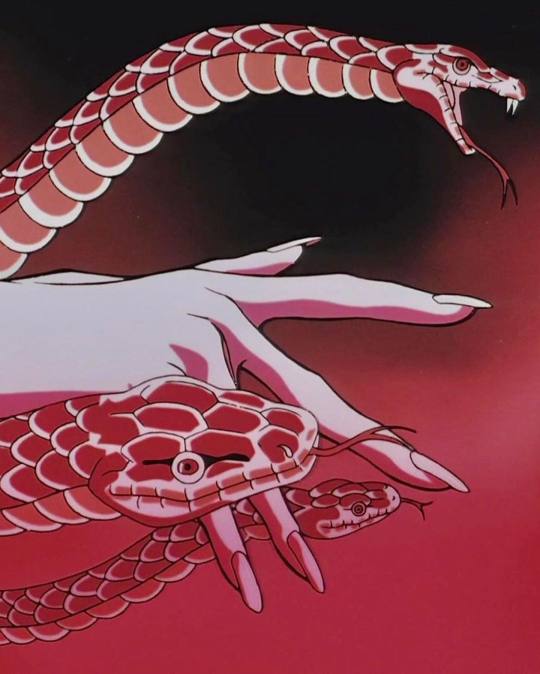

NINJA SCROLL, dir. Yoshiaki Kawajiri (1993)
#ninja scroll#1993#anime#art#film#anime and manga#anime art#best anime#yoshiaki kawajiri#demons#warrior#movies#sword#japan#shogun#jidaigeki-chanbara#jidaigeki#swordsmen#assassin#Devils of Kimon#Jubei Kibagami#Kagero#vagabond
1K notes
·
View notes
Text

Yojimbo (1961)
33 notes
·
View notes
Text









羅生門 / Rashomon (1950) | dir. Akira Kurosawa.
#1950s#films#my screencaps#mine#akira kurosawa#jidaigeki#cinematography#screencaps#subtitles#japan#movies#50s#japanese cinema#japanese film#1950s films#1950s movies#50s film#50s movies#cinema#criterion collection#1001 movies you must see before you die#japanese#b&w#black and white#old movies#old films
46 notes
·
View notes
Text
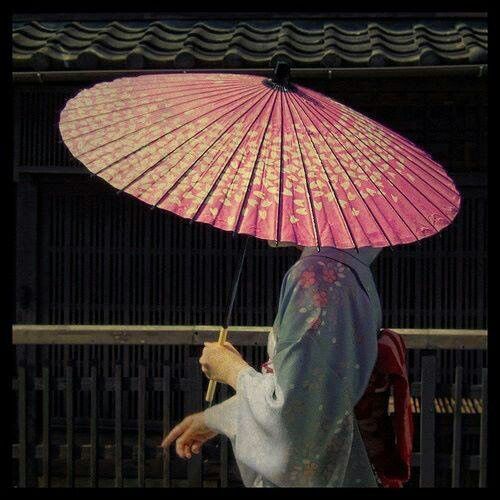
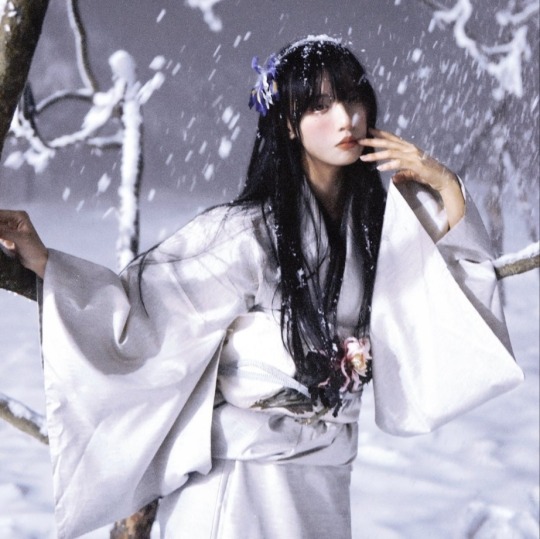
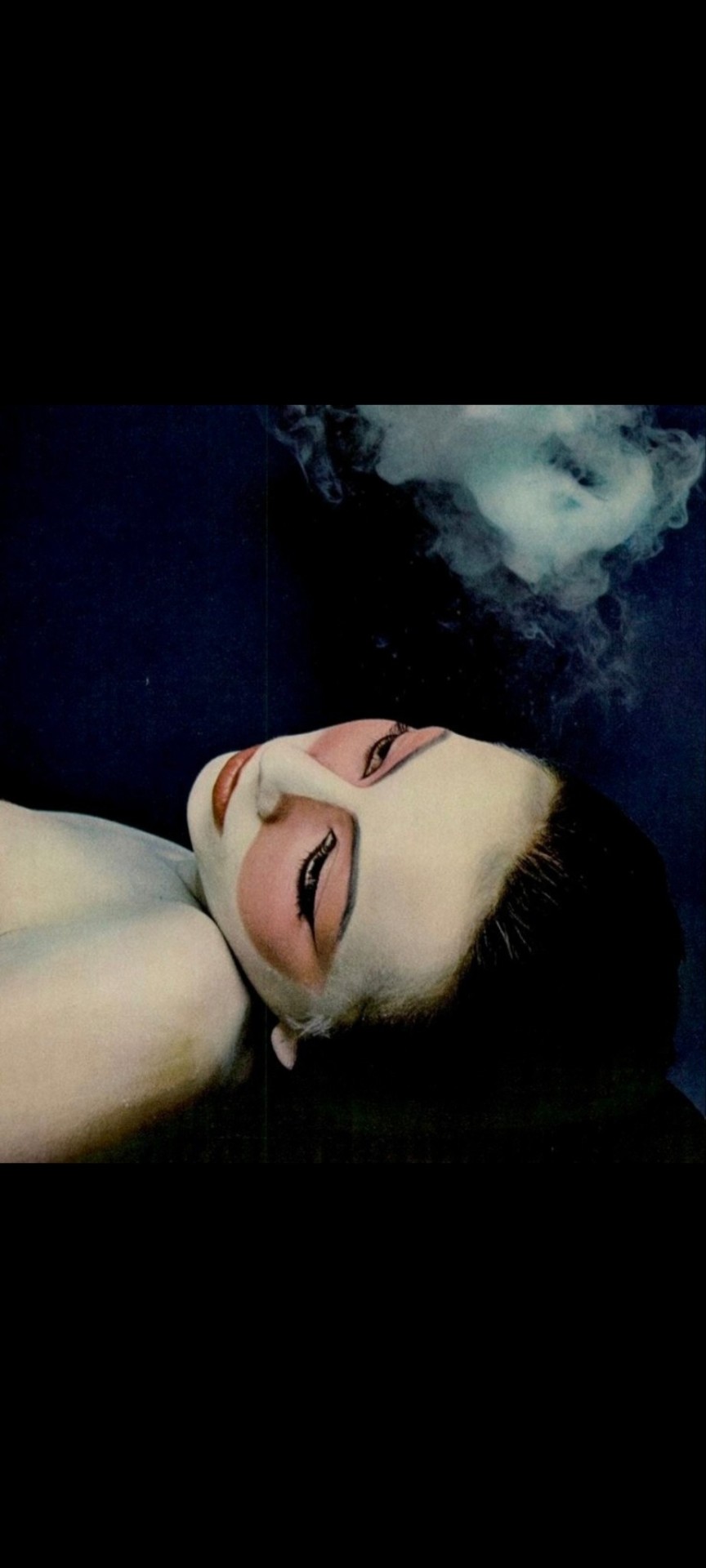
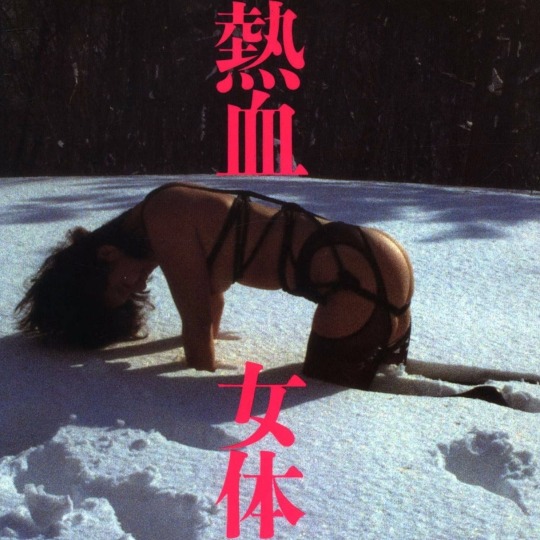


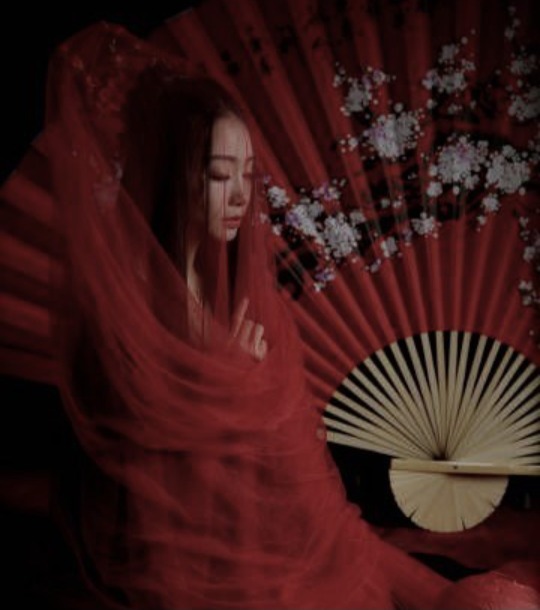
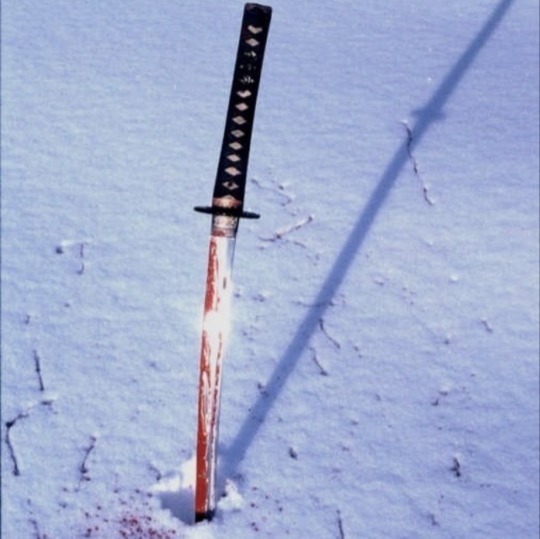
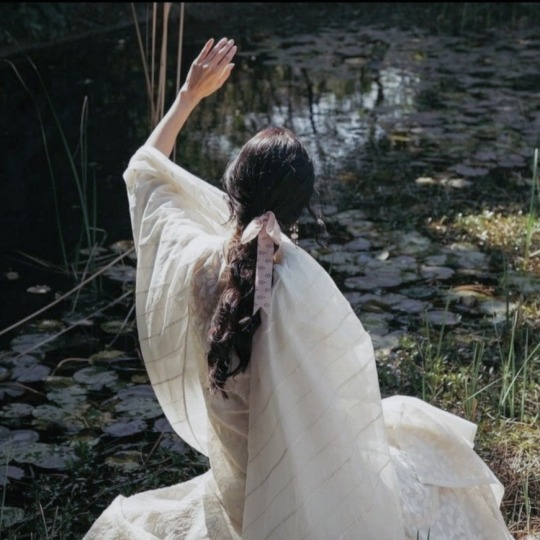
Lady Snowblood (1973) dir. Toshiya Fujita
#lady snowblood#1973#Toshiya Fujita#japanese cinema#70s#jidaigeki film#Meiko Kaji#blood aesthetic#action movies#thriller movies#movies#70s aesthetic#movies moodboard#mine#mb#moodboard#snow aesthetic
132 notes
·
View notes
Text




Golden Kamuy (2024)
When you've been through a lot that changes you and no one you knew recognize you anymore.
#golden kamuy#kento yamazaki#yamazaki kento#mitsuki takahata#takahata mitsuki#japanese movie#j movie#jmovie#japan#jidaigeki#period drama
35 notes
·
View notes
Text
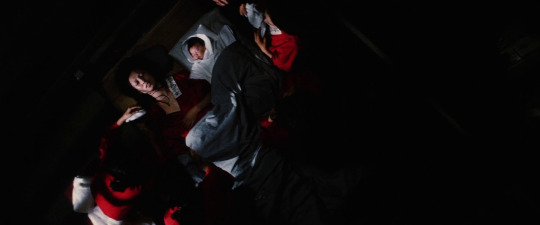


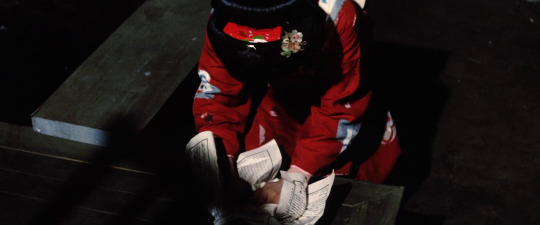

Lady Snowblood | 修羅雪姫 (1973) dir. Fujita Toshiya
#movie stills#cinematography#japanese cinema#film stills#修羅雪姫#lady snowblood#fujita toshiya#toshiya fujita#mieko kaji#jidaigeki#drama#crime#action#vengeance#70s#70s cinema#based on manga
40 notes
·
View notes
Text
before he was toranaga, sanada hiroyuki was the beautiful okuda ukyōnosuke in sure death 4: revenge (1987) ✨
#hiroyuki sanada#sanada hiroyuki#shōgun#shogun 2024#fx shogun#shogun fx#jidaigeki#80s movies#japanese film#japanese movies#japanese drama#asian film#asian movies#asian drama
30 notes
·
View notes
Text
On October 25, 2003, Kill Bill Volume 1 debuted in Japan.

Here's some new Chiaki Kiriyama art to celebrate!
#kill bill#kill bill vol. 1#quentin tarantino#chiaki kuriyama#grindhouse#martial arts movies#jidaigeki#action movies#vigilante film#fan art#exploitation film#cult movies#japan#art#movie art#drawing#movie history#pop art#modern art#pop surrealism#portrait#cult film
9 notes
·
View notes
Photo



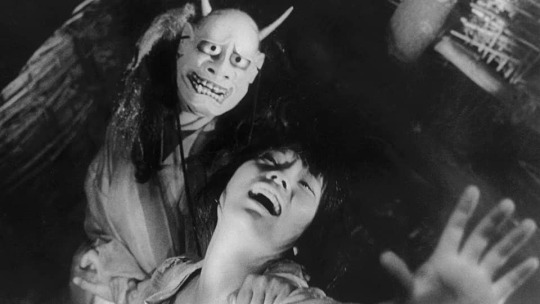
Onibaba (Kaneto Shindō, 1964)
#onibaba#kaneto shindo#horror#japan horror#japan#cult#cult movies#1964#jidaigeki#nobuko otowa#jitsuko yoshimura
94 notes
·
View notes
Text
Recently Viewed: Kubi
[The following review contains MAJOR SPOILERS; YOU HAVE BEEN WARNED!]
Kubi is a film of deliciously compelling contradictions. A period drama with little regard for “historical accuracy,” it reimagines the Sengoku Era as only Takeshi Kitano could: drenched in gore and dripping with homoeroticism. It is simultaneously his most cynical work and his funniest, deconstructing the borderline mythological status attributed to various real-world figures by depicting them not as cunning strategists or Machiavellian masterminds, but rather as mentally unstable psychopaths competing for underserved power.

Kitano himself, for example, leans into his comedic roots by playing Toyotomi Hideyoshi as a bumbling, insecure country bumpkin whose political ambitions are constantly thwarted by his utter lack of finesse when it comes to court intrigue and samurai etiquette; his schemes and machinations depend entirely upon the competence of such unwaveringly loyal subordinates as Kanbei Kuroda (Tadanobu Asano in a role that is essentially the antithesis of his sniveling, amoral character in Shogun)—many of whom he impulsively has assassinated as soon as he perceives their intelligence to be a threat. Ryo Kase, meanwhile, delivers an unapologetically theatrical performance as Oda Nobunaga; a far cry from the brilliant tactician of popular folklore, there is no grand design behind this hedonistic tyrant’s plans of conquest and “unification”—he simply revels in bloodshed, wantonly and remorselessly abusing peasants and fellow nobles alike.
The movie’s depiction of violence is equally subversive. The spectacular battle sequences are chaotic and harrowing, evoking Orson Welles’ Chimes at Midnight (and, consequently, the derivative cinematic epics helmed by Ridley Scott and Mel Gibson); there is no honor or glory in war—just men clumsily flailing about in the mud and filth, their suffering serving no greater purpose. On other occasions, however, the carnage delves into outright absurdist humor. In one scene, for instance, Hideyoshi grows increasingly impatient as he waits for a vanquished foe to commit ritual suicide—an excruciatingly prolonged joke that satirizes the pomp, poetry, and idealism traditionally associated with bushido.
[FINAL WARNING: MAJOR SPOILERS BELOW!]

This irreverent attitude towards death culminates in a hilariously brutal, ironic punchline. Following the decidedly gruesome climax, Hideyoshi searches for his chief rival’s corpse amidst a veritable mountain of human remains. Unable to make a successful identification, he lashes out in impotent frustration, inadvertently kicking the correct severed head like a soccer ball—whereupon the screen abruptly and unceremoniously cuts to black. Roll credits.
An appropriately cruel conclusion to such a gleefully grotesque dissection (hell, damn near evisceration) of the typical tropes, clichés, and conventions of the jidaigeki genre.
#Kubi#Takeshi Kitano#Beat Takeshi#Japan Cuts#Japan Cuts 2024#Japan Society#Tadanobu Asano#Ryo Kase#Japanese film#Japanese cinema#jidaigeki#film#writing#movie review
6 notes
·
View notes
Text

"SWIFT AS THE WIND... QUIET AS A TO FOREST... FIERCE AS A FIRE... IMMOVABLE AS A MOUNTAIN."
PIC INFO: Resolution at 960x2727 -- Spotlight on an ultra-rare Japanese two panel movie poster for Akira Kurosawa's classic w/ Nakadai (style C) (Note: This size Japanese poster was made in two pieces intended to overlap)
Date: 1980
Country: Japan
Size: STB Tatekan (20x58)
SOHACHIRO TSUCHIYA: "You know the master's banner. What is printed there?"
TAKEMARU: [Reciting the slogan on the Takeda clan's banner] "Swift as the wind... Quiet as a forest... Fierce as fire... Immovable as a mountain."
SOHACHIRO TSUCHIYA: "The lord is that mountain. Both in battle and at home, he is steadfast, like a mountain. When his army advances, first the horsemen attack, swift as the wind. Second, the lancers raise a forest of spears, advancing with silent resolve. Third, more horsemen engulf the enemy ranks, as mercilessly as fire. And the lord is always behind them, watching over them, immovable as a mountain. That is why our army, from general to foot soldier, can fight so resolutely... Immovable as a mountain. The lord is that mountain. So we call him "the mountain.""
-- "KAGEMUSHA" screenplay by Akira Kurosawa & Masato Ide
Source: https://posteritati.com/poster/15282/kagemusha-original-1980-japanese-stb-tatekan-movie-poster.
#Kagemusha#影武者#Shadow Warrior#1980#Epic Historical Drama#Daimyō Takeda Shingen#Japanese Cinema#Kagemusha Shadow Warrior#Kagemusha Shadow Warrior 1980#80s Japan#80s Movies#Japanese history#Historical Epic#Japanese Movies#Poster Design#Japanese Art#Typography#Japanese Language#Movie Poster#Epic Jidaigeki Film#Cinema#Kagemusha 1980#Akira Kurosawa#80s Cinema#Japanese Poster#Jidaigeki Movies#Sengoku Period#Jidaigeki#Japanese Movie Poster#Period Drama
0 notes
Text

Throne of Blood 蜘蛛巣城 (1957) Akira Kurosawa.
25 notes
·
View notes
Text

Samurai Rebellion (1967)
23 notes
·
View notes
Text
13 Assassins (2011) Review: A Modern Masterpiece in Samurai Cinema
13 Assassins, directed by Takashi Miike, is an electrifying revival of the samurai film genre. It stands as a modern counterpart to classics like Kurosawa’s Seven Samurai, blending reverence for tradition with a willingness to push boundaries. Miike’s direction is as precise as it is chaotic, delivering a film that speaks to the soul of the samurai ethos while challenging our understanding of…
#13 Assassins#action choreography#action movies#akira kurosawa#battle scenes#character-driven storytelling#cinematic pacing#cinematic storytelling#cinematic tension#classic cinema#Film Analysis#film comparisons#film review#honor and duty#Japanese culture#japanese film#jidaigeki#martial arts movies#modern samurai films#period drama#roger ebert#samurai cinema#samurai movies#Takashi Miike#toshiro mifune#traditional vs modern
4 notes
·
View notes
Text

Machiko Kyō as Lady Wakasa in Ugetsu (1953) | 雨月物語
#machiko kyō#ugetsu (1953)#ugetsu monogatari#1950s#1950s movies#kenji mizoguchi#classic film#japanese cinema#jidaigeki#ghost movies#vintage beauty#imagestill#my post
2 notes
·
View notes